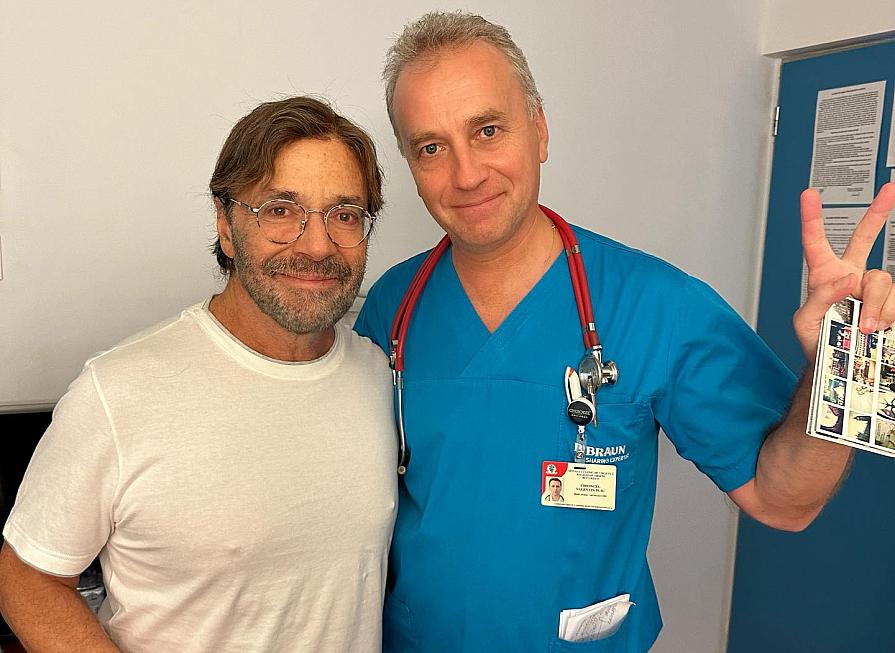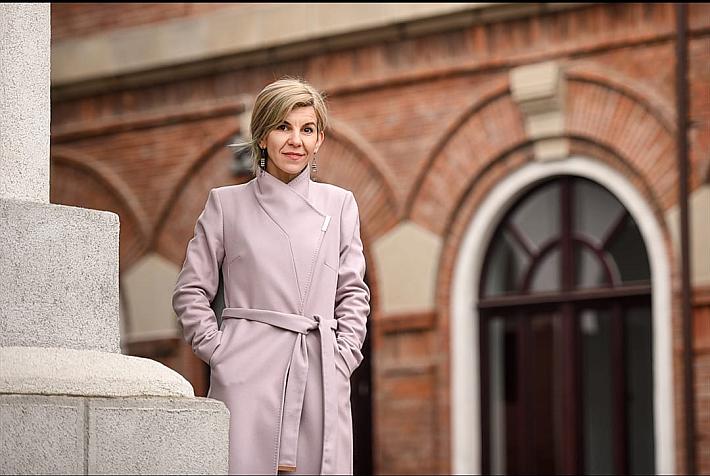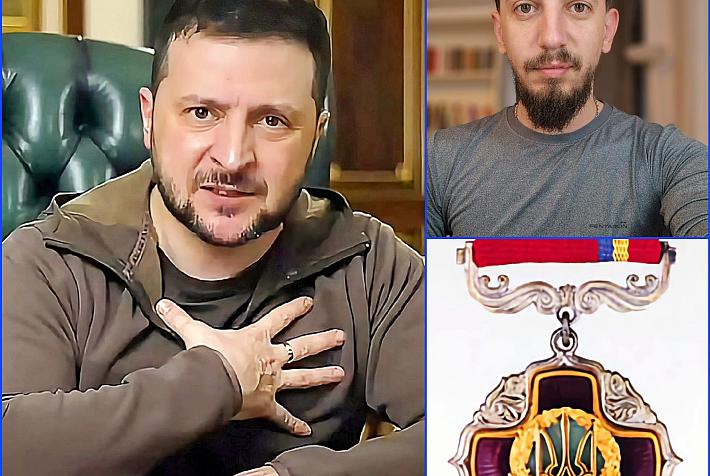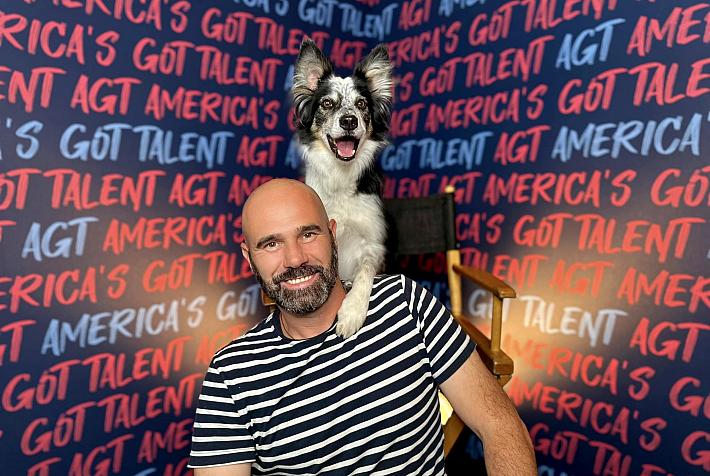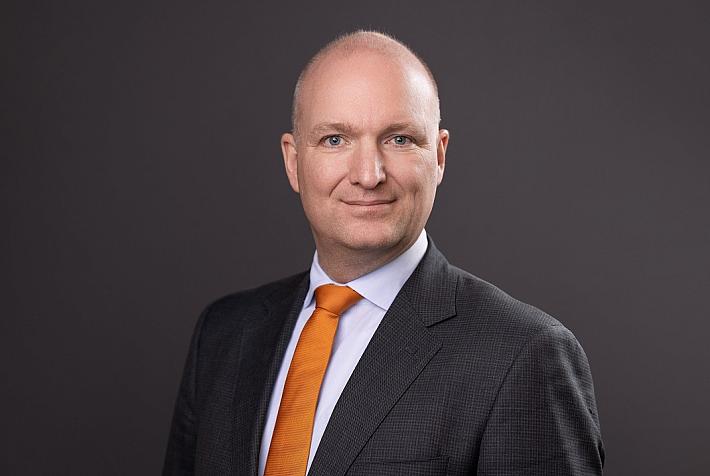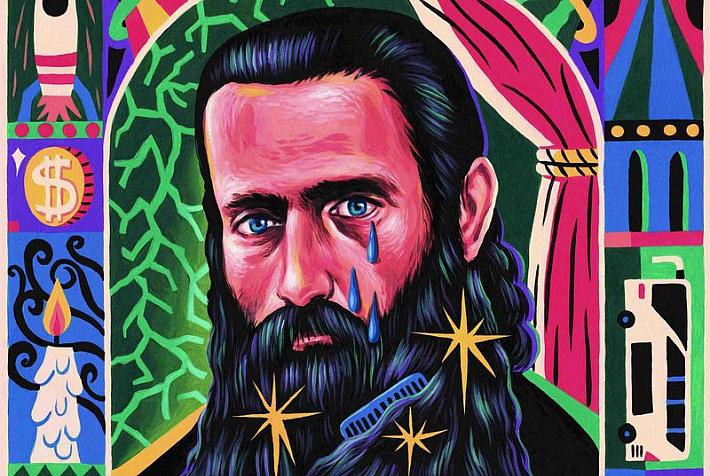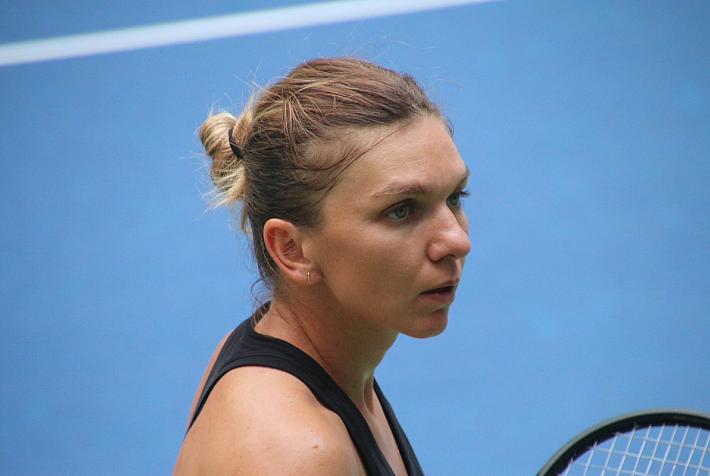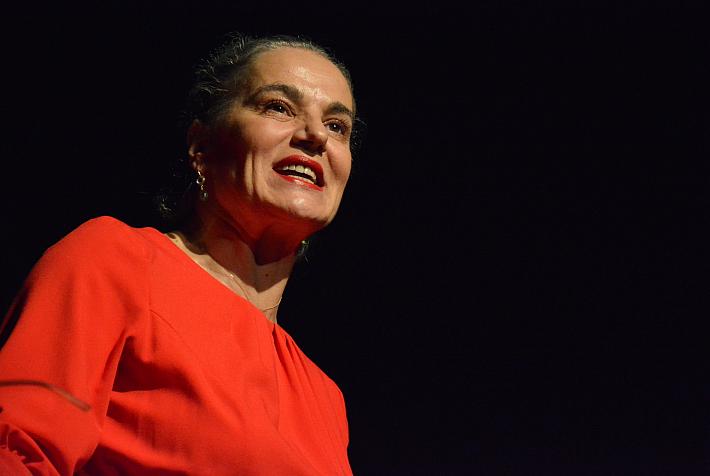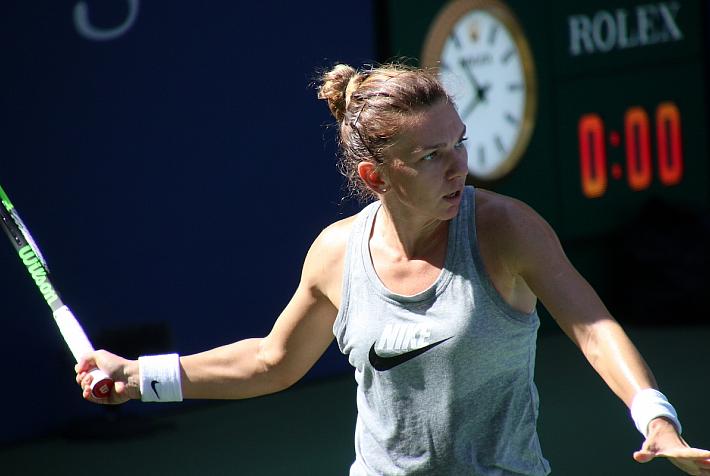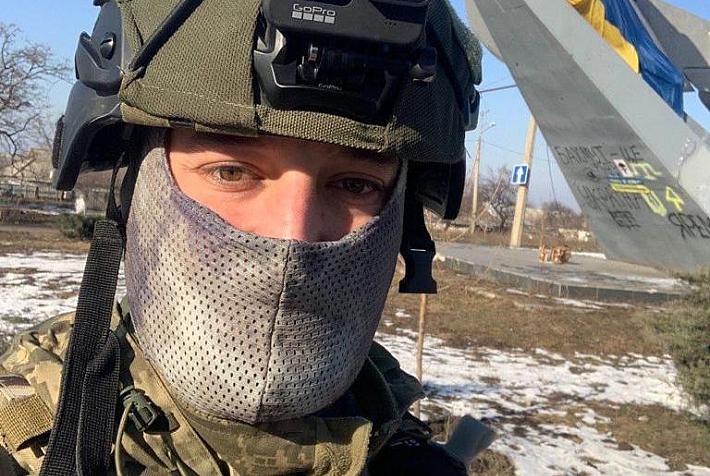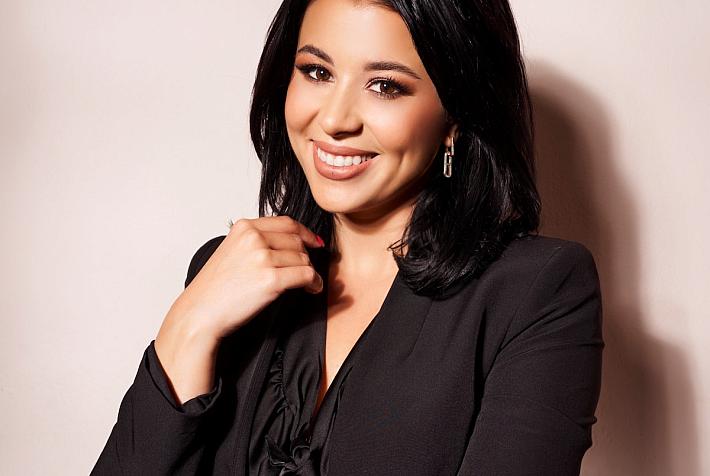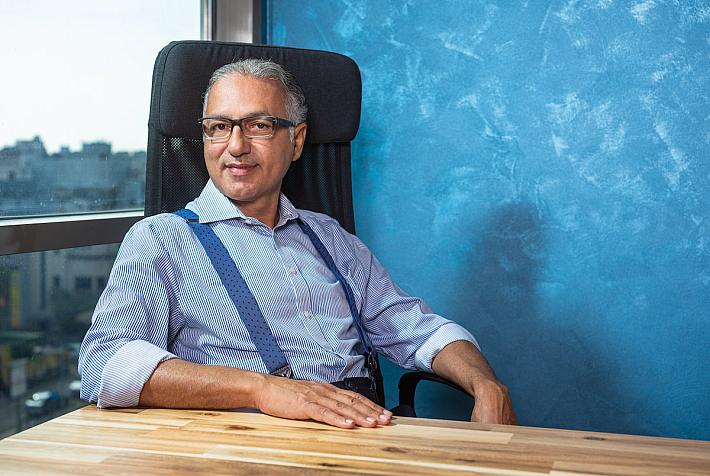Ana-Maria Rusu, a music education teacher at the National College "Unirea" and Primary School No. 5 "Anghel Saligny" in...
Romanian Adrian Stoica, who is passionate about dog training, has won the America’s Got Talent show along with its USD 1...
Sanofi Romania announced the appointment of Thomas Bosment as country head of its Consumer Healthcare (CHC) business...
Gerke Witteveen will begin his mandate as CEO of NN Pensii on October 9.
He takes over from Andreea Pipernea, who...
The summer-y abundance of events is still happening, and this weekend alone you can see one of the year's most talked
...
Former world no. 1 and two-time Grand Slam champion Simona Halep said in an official statement that she was both...
Several major cultural figures in Romania, such as actress Maia Morgenstern, conductor Cristian Măcelaru, and actor...
After not playing for a year due to her suspension following accusations of doping, Romanian star tennis player Simona...
Mykhailo Amrosiev, a young war veteran and activist from Ukraine, will receive the 2023 Ion Ratiu Democracy Fellowship...
Adriana Preda, chief executive officer (CEO) of The Social Incubator, has been selected to participate in the Obama...
Romanian Adrian Stoica, who is passionate about dog training, has won the America’s Got Talent show along with its USD 1...
Sanofi Romania announced the appointment of Thomas Bosment as country head of its Consumer Healthcare (CHC) business...
Gerke Witteveen will begin his mandate as CEO of NN Pensii on October 9.
He takes over from Andreea Pipernea, who...
The summer-y abundance of events is still happening, and this weekend alone you can see one of the year's most talked
...
Former world no. 1 and two-time Grand Slam champion Simona Halep said in an official statement that she was both...
Several major cultural figures in Romania, such as actress Maia Morgenstern, conductor Cristian Măcelaru, and actor...
After not playing for a year due to her suspension following accusations of doping, Romanian star tennis player Simona...
Mykhailo Amrosiev, a young war veteran and activist from Ukraine, will receive the 2023 Ion Ratiu Democracy Fellowship...
Adriana Preda, chief executive officer (CEO) of The Social Incubator, has been selected to participate in the Obama...
